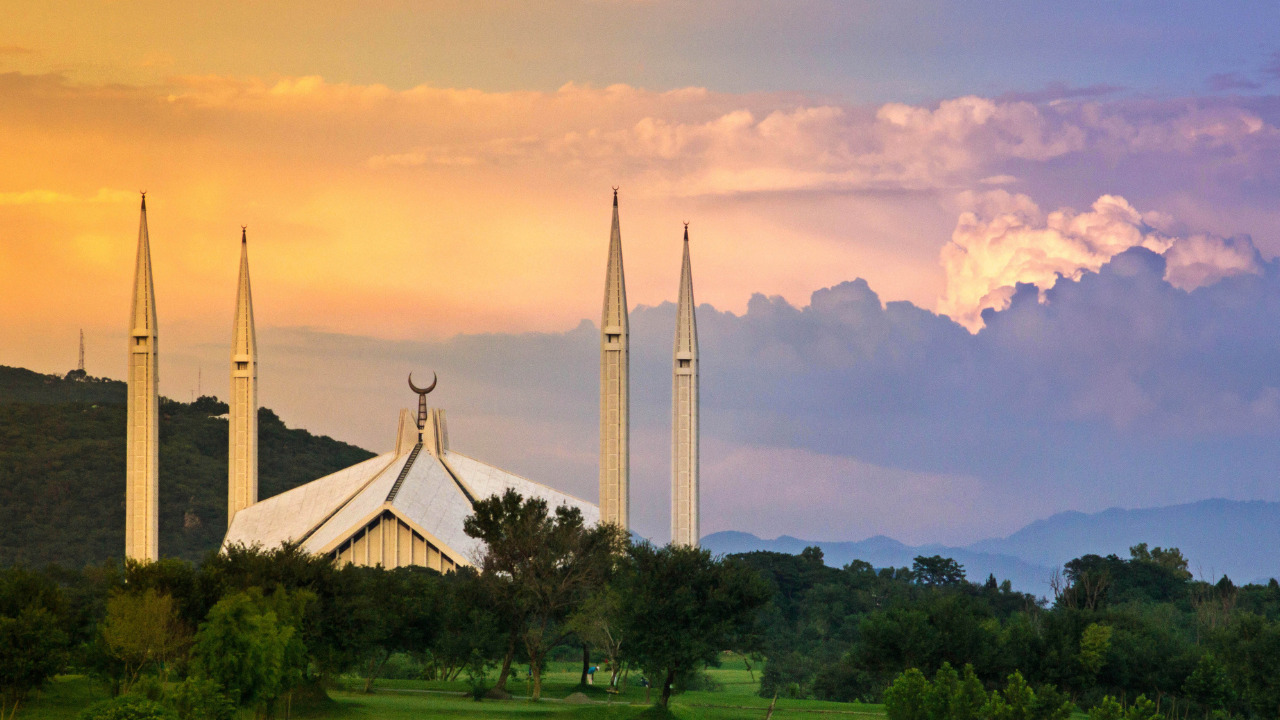Date first published: 15/11/2022
Key sectors: all
Key risks: civil unrest; political violence
Risk development
On 3 November former prime minister and chairman of the Pakistan Tehreek-e-Insaf (PTI) Imran Khan was shot in an assassination attempt in Wazirabad, Punjab province. Reports indicate that a gunman shot at Khan’s container-mounted-truck six times, with the former prime minister hit in the leg. Khan recovered from his injury, although the attack killed one PTI member. The gunman was captured and claimed that he targeted Khan for ‘spreading hatred’ and making ‘blasphemous and anti-religion’ statements. Khan rejected that story and claimed that authorities were behind the attack.
Why it matters
Pakistan has a history of political violence. In 1951, its first Prime Minister Liaquat Ali Khan was shot dead. Former prime minister Benazir Bhutto was assassinated in December 2007 during an election rally in Rawalpindi city. In the latter case, a UN report found that government officials had failed to protect Bhutto and sufficiently investigate her assassination. It is certainly plausible that the military or government played a part in the Khan’s attempted assassination. Even if they did not, suspicions are raised and the PTI has explicitly blamed the establishment.
In the immediate aftermath of Khan’s assassination attempt, thousands of his supporters protested around the country. They shut down access to major highways, clashed with rival supporters and with the police. While the protests have temporarily abated, the level of anger from PTI supporters will likely continue to rise unless the government calls an early election.
Background
Imran Khan was removed from government via a no-confidence vote on 10 April. Khan’s removal was only possible because he lost the support of the powerful military. Previous premiers have been removed due to their disagreement with the military, but what makes Khan unique is that he has created a mass movement that supports his return and potentially threatens the military’s hold on power.
There appear to have been a series of attempts to disempower Khan. In October, the Election Commission of Pakistan (ECP) banned him from holding high office for five years on the grounds of ‘making a false statement and incorrect declaration’ of his assets. The decision resulted in Khan arranging a march from Lahore to Islamabad to call for immediate elections. Furthermore, several leading PTI members have also been arrested in recent months
However, such moves have done little to weaken the PTI. The party won by-elections in Punjab’s provincial assembly in July, surprising given that the province was the traditional stronghold of Prime Minister Shehbaz Sharif’s family. The PTI also secured a landslide by-election victory in Karachi, a stronghold of two parties part of the governing coalition. With the current government struggling due to rapid increases in the cost of living, as well as a recent flooding that claimed over 1,700 lives, and caused an estimated US$40bln in damage, Khan’s popularity will likely continue to grow.
Risk outlook
The risk of civil unrest is elevated and it is difficult to see a way out of it. The attack play into Khan’s victim narrative and will add to the sentiment that he is being silenced by the military. In the coming months, thousands could regularly take to the streets to demand an election before the current government’s term ends in late 2023. But even if early elections were held it is far from clear that the military would be willing to allow Khan to return to power – potentially triggering mass unrest.



